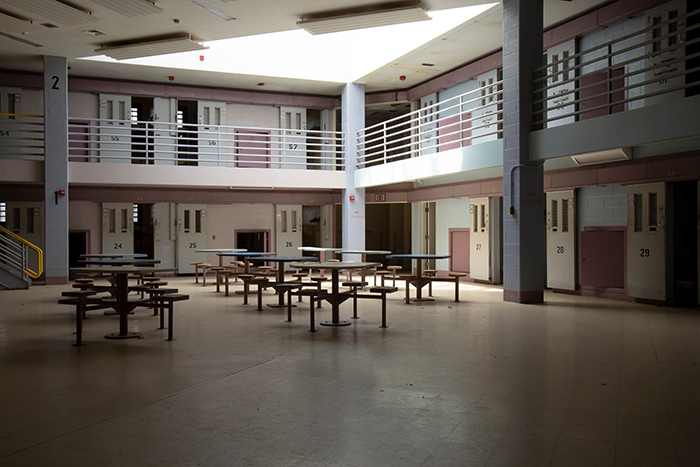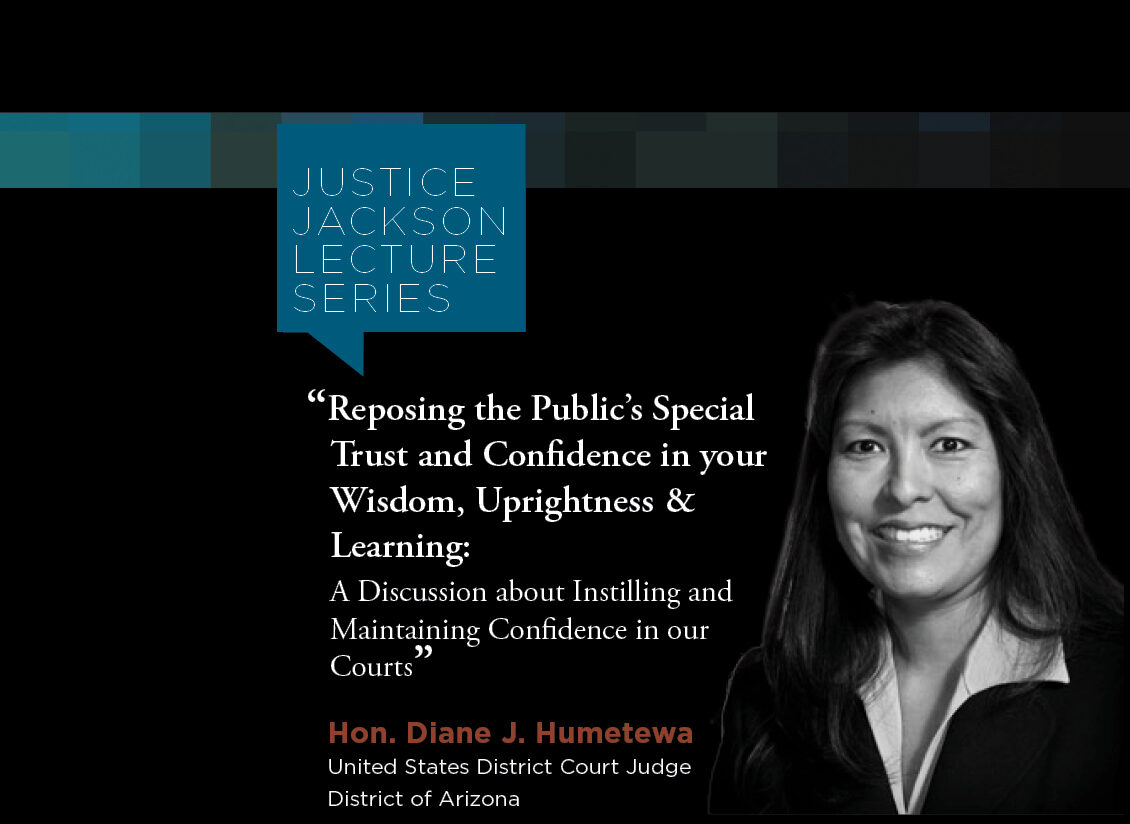
By Ed Cohen
Judges who send people to jail or prison usually have at least some idea of the conditions in the facilities, the latest NJC poll suggests.
Our Question of the Month for May asked NJC alumni who have a criminal docket or have had one in the past if they’ve ever visited the local jail or prison. Nearly 600 judges responded, and more than 96 percent said they had.
“I have visited every jail, prison or juvenile detention facility (where) I have ordered someone confined or detained,” wrote one anonymous judge. “I have also visited every police department where someone was detained, processed or interrogated.”
Kim Hall, a Circuit Court judge in Knox, Indiana, said she voluntarily spent two days and nights alone in a two-person cell so she would know about life in the facility.
A judge who self-identified as a retired Circuit Court judge in West Virginia who had spent decades on the bench said, “It was the first thing I did PRIOR to coming to the bench. It’s hard to believe that others have not.”
If this poll result is to be believed, hardly any judges have not. But it bears reminding that Question of the Month is an unscientific poll. The question is emailed to all NJC alumni, not a random sample. It’s possible that many judges who have not visited their local jail or prison simply chose not to vote in the poll.
In addition, the 235 voters who left comments included several judges from New York state and Minnesota who pointed out that their states require them to visit at least once a term.
Many judges also noted that they had visited jails or prisons many times in their prior roles as public defenders, private defense attorneys or prosecutors.
“I was a lawyer in my community for 20 years before becoming a judge,” wrote one anonymous judge. “I’ve spent more time inside the jail than some of the corrections officers.”
The overwhelming sentiment in the comments was that judges need to visit their jails and prisons so they understand the conditions that await the people they incarcerate.
“When I am forced to put someone in the rabbit hole, I think it is very important to know what is on the other side,” wrote W. Mike Warren, an associate District Court judge in Oklahoma City, Oklahoma.
Texas District 8 Judge Eddie Northcutt said he spent two full days visiting six separate Texas Department of Criminal Justice facilities, and it was an eye-opener.
“The experience was incredible and informs many of my decisions I make on the bench in sentencing,” he wrote. “Sadly, I was told by each of the six wardens … that I was the first judge who had ever deigned to visit any prison for which they had been employed.”
As for what judges reported seeing on their visits, some found the facilities to be clean and well organized, in good repair and run by well-trained staff. A few mentioned the quality of rehabilitation programs.
But they were in the minority of those who left comments.
“It was unforgettable,” wrote one anonymous judge. “Like climbing into a submarine with no extra headroom, privacy or activity space. I could only imagine that working there was almost as bad as being confined there.”
One judge found the jail to be so overcrowded that some inmates had to sleep on the floor. “The ‘Clinic,’” the judge wrote, “was at best, unsanitary, at worst a home for the transmission of sickness.”
Another judge, who asked that his name not be used, said his position involved rotating through 20 to 25 counties in his state in addition to his own county. He said he often visited older jails.
“In one county the jail was so bad I called the local judge and told him I would order it closed if he wanted me to do so. It was horrible. I would not have let my dog be housed there.”
He said it’s often hard for local judges, especially in small, rural counties, to use their oversight power to order the county to build or improve the courthouse or jail.
Judge Al Cercone, a justice of the peace in Dallas, was the only judge to suggest that today’s incarceration facilities are too nice to be an effective deterrent.
“This is a failed system that encourages recidivism,” he wrote. “The newer jails and prisons are designed to provide no deterrent effect. They are nice and comfortable with multiple floors of air-conditioned basketball courts, two-cell suites sharing a living room with cable TV, and much more. It is often much better in the jail than it is in the criminal’s home.
“Every day, defendants ask me if they can pay their fines by sitting them out in jail. It should be a place people never want to experience again, not volunteer to go to.”
* Each month the College emails an informal, non-scientific, one-question survey to its more than 12,000 judicial alumni in the United States and abroad. The results, summarized in the NJC’s Judicial Edge Today, are not intended to be characterized as conclusive research findings.

The Hon. Mary-Margaret Anderson (Ret.), a retired administrative law judge with the California Office of Ad...

Happy October, Gaveliers faithful. Are you loving this or what? No one believed a team made up of judges...


Hon. Diane J. Humetewa, the first Native American woman and the first enrolled tribal member to serve as a ...

Retired Massachusetts Chief Justice Margaret H. Marshall has been selected as the 2024 winner of the presti...